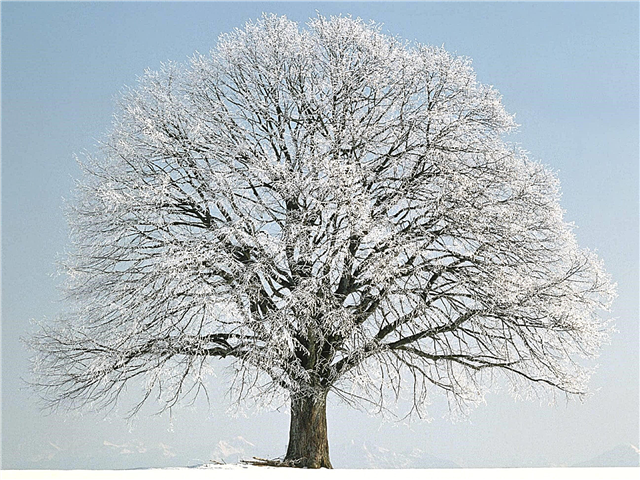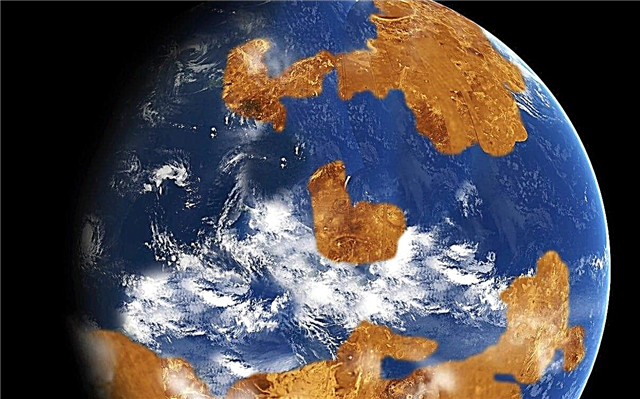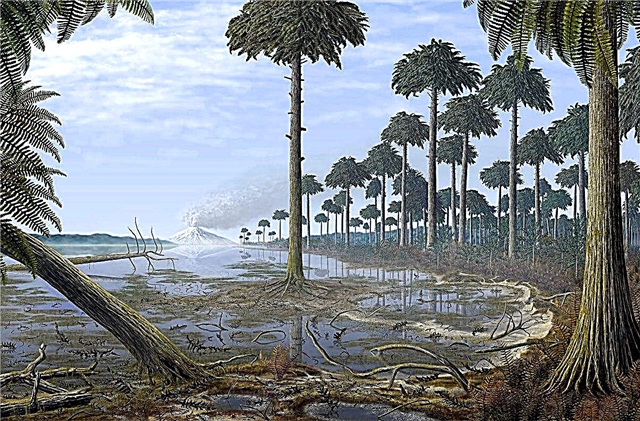
In the mountains are hidden many caves that are washed with water. Nobody knows how many of them, big and small, in the world, and never knows, because you cannot enter such caves.
Water journey
Raindrops fall on the ground, seep through it to the rock, and here they gather in streams. Washing soft minerals, water fills the formed cavity - the so-called grotto. The stream continues its path among the stones and flows lower and lower until it finds an exit to the surface.
Water, penetrating the cave, dissolves some minerals, and icicles are obtained. Those that hang from the cave ceiling are called stalactites. And those that “grow” at the bottom are stalagmites. Sooner or later, stalactite and stalagmite meet, and a column from floor to ceiling appears in the cave. This is how mineral columns decorating karst caves form.
Earth Pyramids
Water washing the grottoes can even build ... pyramids! Large boulder stones lying on the ground during the rain protect it like umbrellas. Rain erodes and carries away the soil around the "umbrellas", and under them the soil remains. Gradually, the ground level drops, and, like monuments, strange earth pyramids appear.
Columns
The large cave inside is a bit like a temple - it has many columns and stone icicles. Water oozes from the ceiling and flows down the walls, dissolving the minerals that make up the cave. Drops of water fall down to the same point and freeze in the form of a column.So stalagmites are formed, which later become columns.
How is a grotto formed?
Over time, water erodes thin cracks on the rocks and deepens them. Streams flowing along cracks gather together below and push out a large stone or erode minerals. So the grotto was formed.












